Social media isn’t just a pastime for young girls—it’s woven into the fabric of their everyday lives. Platforms like Instagram, TikTok, Snapchat, and even newer apps shape not only how girls communicate but also how they see themselves and the world around them. While social media opens doors to creativity, connection, and self-expression, it also quietly molds self-esteem, relationships, and mental health in ways that often go unnoticed.
Understanding how these platforms influence young minds is essential—not only for parents and educators but also for the girls navigating this complex digital landscape themselves.
The Allure and Influence of Social Media
Social media platforms are designed to captivate. Bright visuals, instant feedback through likes and comments, and the chance to share moments with a wide audience create an intoxicating environment for girls, especially during the formative years of adolescence.
The validation received from a flood of likes or positive comments can feel incredibly affirming. Conversely, the absence of such validation—or worse, the presence of criticism—can deeply wound. Over time, these reactions train the brain to seek approval externally rather than internally, shaping self-worth based on online interactions.
Key Influences:
- Self-Image: The prevalence of heavily edited photos can distort girls’ perceptions of beauty, leading many to set unrealistic standards for themselves.
- Social Comparison: Seeing curated highlights of others’ lives can spark feelings of inadequacy or loneliness.
- Identity Formation: Social media gives girls the opportunity to explore and express different facets of their personalities but can also pressure them into fitting specific online molds.
The Double-Edged Sword of Connectivity
Staying connected is one of social media’s biggest promises, and for many girls, it delivers. They can maintain friendships, discover new communities, and access supportive networks that might not exist offline. For marginalized groups, social media can offer a lifeline—a space to find belonging and validation.
However, the constant connectivity can become overwhelming. Notifications pull them back into a world of comparison, drama, and expectations. The line between online and offline becomes blurred, making it harder for girls to disconnect and recharge.
Important Considerations:
- FOMO (Fear of Missing Out): Seeing peers attend events or hang out without them can intensify feelings of exclusion.
- Cyberbullying: Online harassment can be pervasive, affecting girls’ mental health more deeply than traditional bullying.
- Sleep Disruption: Endless scrolling and late-night notifications disrupt healthy sleep patterns, critical for developing brains.
Shaping Dreams and Defining Success Through Filters
Beyond the selfies and TikToks lies a deeper trend: the redefinition of success and dreams based on what’s visible and celebrated online.
Influencers flaunting luxury lifestyles, body image ideals, or even activism journeys create templates that many girls feel pressured to emulate. While some find genuine inspiration, others experience anxiety when their real lives don’t match the polished feeds they see.
The curated nature of online content often hides the hard work, privilege, or sheer luck behind those seemingly perfect lifestyles. Without this context, girls may internalize the message that they are failing if they are not achieving similar milestones quickly or visibly.
Cultural Impact Examples:
- Entrepreneurship: Girls as young as 12 aspire to become “content creators” or “influencers,” sometimes prioritizing personal branding over personal growth.
- Beauty Standards: Trends like “Instagram Face” normalize a specific, often unattainable, look, increasing rates of body dissatisfaction and even interest in cosmetic procedures among teens.
- Activism Pressure: While youth-led activism is powerful, girls sometimes feel guilty if they aren’t visibly “doing enough” online, even when they care deeply about causes.
Emotional Resilience in the Age of Social Media
Despite the challenges, it’s not all doom and gloom. Many girls are using social media mindfully, turning it into a tool for empowerment rather than a trap for self-doubt.
Fostering emotional resilience can make a world of difference. Encouraging critical thinking about media, promoting positive offline experiences, and teaching healthy digital habits empower girls to take control over their online lives instead of being controlled by them.
Strategies to Build Resilience:
- Media Literacy Education: Helping girls recognize curated content and hidden algorithms behind what they see can diminish comparison traps.
- Open Conversations: Encouraging regular, non-judgmental discussions about their online experiences can build trust and emotional intelligence.
- Setting Boundaries: Teaching the value of digital detoxes, notification management, and mindful scrolling helps in preserving mental health.
- Role Modeling: Adults modeling balanced tech use demonstrate that life offline can be rich, fulfilling, and deeply rewarding.
The Hidden Power of Positive Influences
For every negative impact, there is an equally powerful positive story unfolding on social media. Girls are leading movements, starting businesses, advocating for change, and forming supportive communities that fuel their dreams rather than dim their lights.
Finding and following accounts that inspire creativity, kindness, resilience, and critical thought can transform a girl’s feed from a battleground for self-esteem into a sanctuary of growth.
Examples of Positive Influences:
- Body Positivity Accounts: Communities promoting diverse body types and self-love challenge narrow beauty ideals.
- STEM Influencers: Female scientists and tech leaders sharing their journeys inspire girls to explore fields traditionally dominated by men.
- Mental Health Advocates: Teens sharing their mental health stories help de-stigmatize asking for help and seeking therapy.
FAQs
How does social media most commonly affect teenage girls?
Social media can impact teenage girls’ self-esteem, body image, and social comparisons. It offers both opportunities for connection and risks for mental health challenges, depending on usage patterns and online environments.
Can social media have positive effects on girls?
Yes. Social media can inspire creativity, foster supportive communities, promote activism, and expose girls to diverse role models and perspectives when used thoughtfully.
What role do parents and educators play in helping girls navigate social media?
Parents and educators can encourage media literacy, open conversations about online experiences, model healthy tech habits, and provide safe spaces for girls to express their feelings without fear of judgment.
What are signs that social media might be harming a girl’s mental health?
Signs include withdrawal from offline activities, obsession with likes or followers, changes in sleep patterns, sudden drops in self-esteem, or visible anxiety related to online interactions.
How can girls take control of their social media experience?
Girls can curate their feeds to prioritize positivity, set limits on screen time, engage critically with content, and take regular breaks to reconnect with offline life.

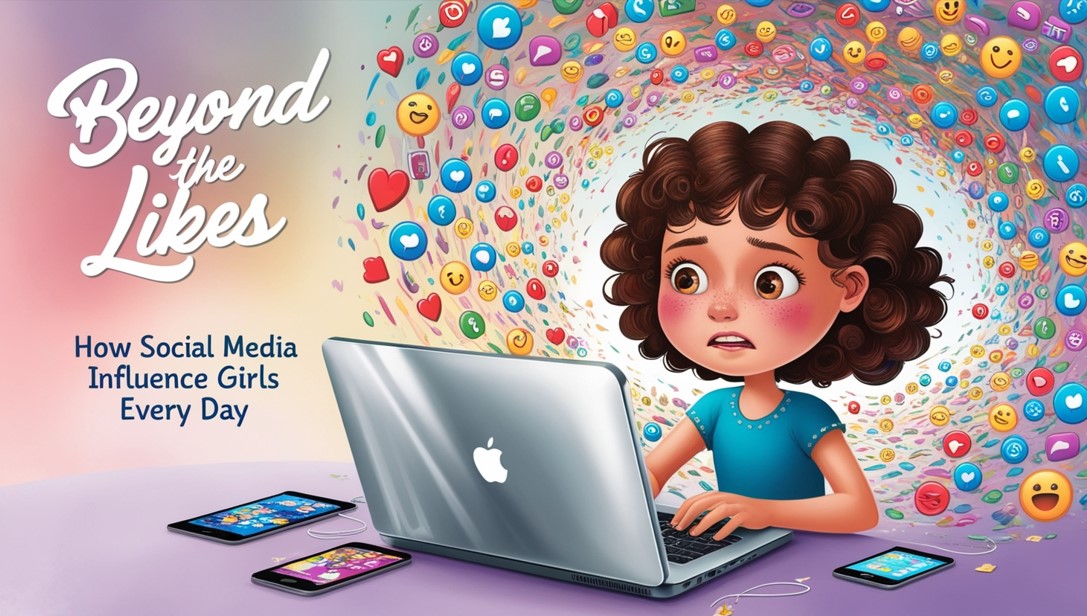
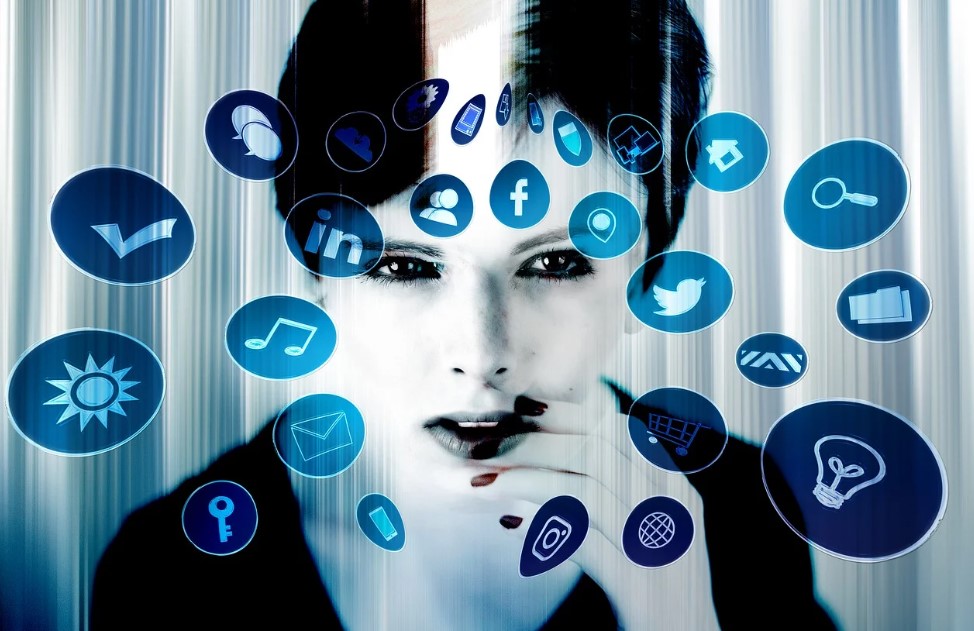

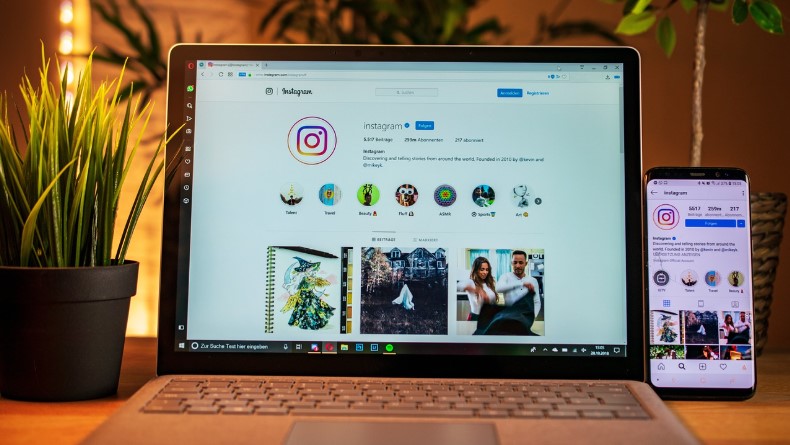
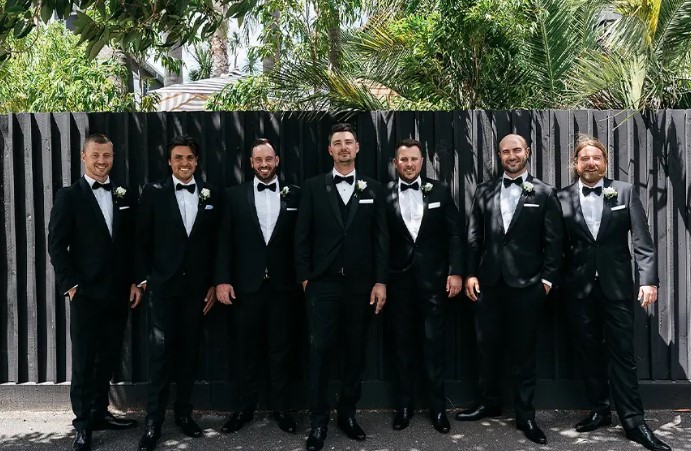
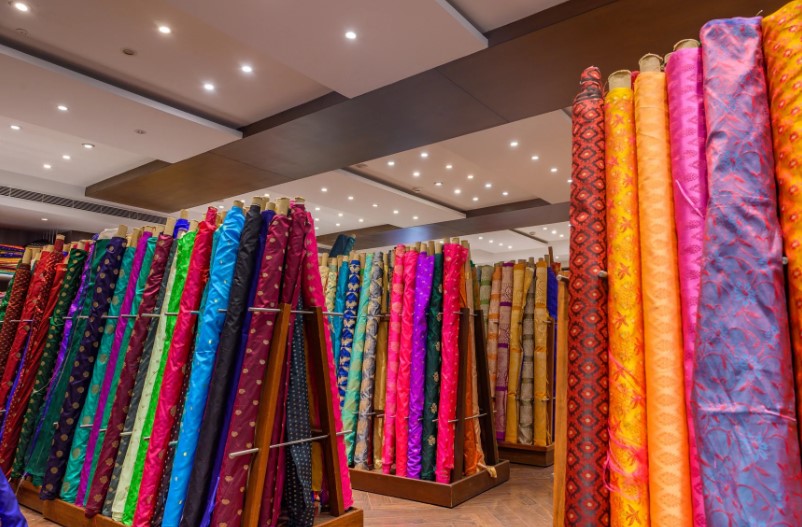
Leave a Reply